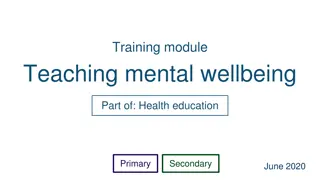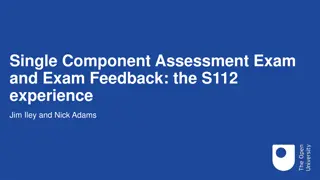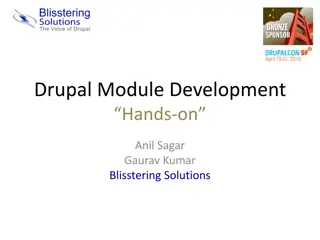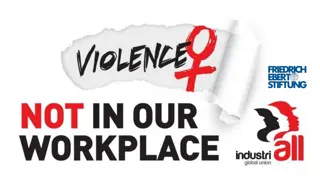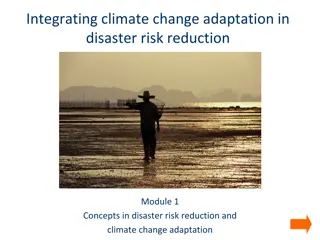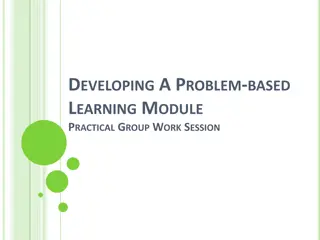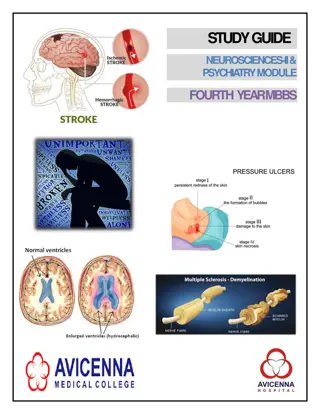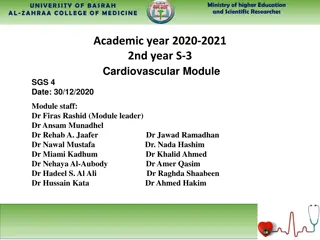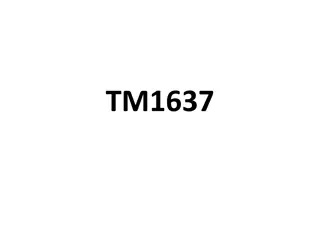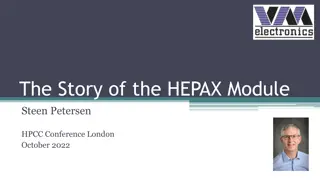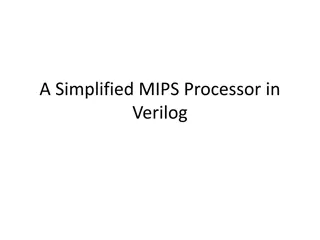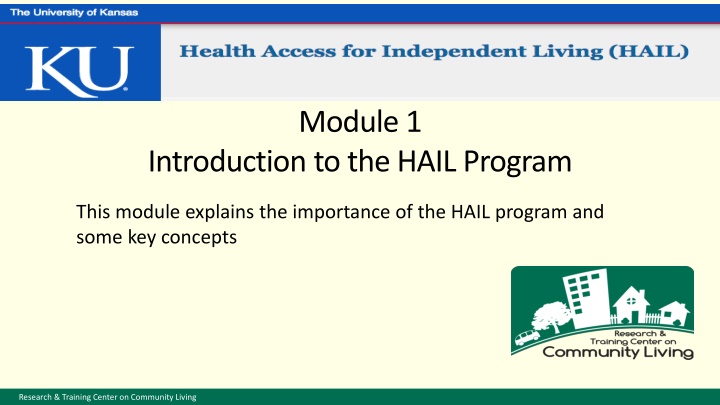
HAIL Program and Health Disparities
Explore the significance of the HAIL program in addressing health disparities and empowering individuals with mobility-related disabilities. Learn about the key concepts of health management, preventive care, and the impact of social disadvantages on health outcomes. Discover how HAIL aims to enhance independent living, reduce chronic conditions, and promote community participation.
Download Presentation

Please find below an Image/Link to download the presentation.
The content on the website is provided AS IS for your information and personal use only. It may not be sold, licensed, or shared on other websites without obtaining consent from the author. If you encounter any issues during the download, it is possible that the publisher has removed the file from their server.
You are allowed to download the files provided on this website for personal or commercial use, subject to the condition that they are used lawfully. All files are the property of their respective owners.
The content on the website is provided AS IS for your information and personal use only. It may not be sold, licensed, or shared on other websites without obtaining consent from the author.
E N D
Presentation Transcript
Module 1 Introduction to the HAIL Program This module explains the importance of the HAIL program and some key concepts Research & Training Center on Community Living
Module 1 Learning Outcomes To learn what HAIL is and how: ---It can help consumers ---It can enhance the work of CIL staff To understand the concepts of: ---Health Disparities ---Secondary Conditions ---Preventive Care Research & Training Center on Community Living
Contents 1. What is HAIL ? 2. What is the purpose of HAIL? 3. Understanding: ---Health Disparities ---Secondary Conditions ---Preventive Care Research & Training Center on Community Living
What is HAIL? It s a health management tool for people with mobility-related disability to address: The role of depression, fatigue and pain, as barriers to community living and participation The need for support to build consumer skills to access health care and manage personal health Research & Training Center on Community Living
Why HAIL? To develop a health management tool that supports CIL staff in assisting consumers to set and achieve short-term health goals to enhance independent living, so consumers can: Experience fewer chronic condition complications, secondary conditions, and hospitalizations Avoid institutionalization Increase ability to participate in the community Be better managers of their health Be more informed users of health care services Research & Training Center on Community Living
Health Disparities Health Disparities are preventable differences in optimal health experienced by socially disadvantaged populations. These disadvantages include: Poverty Geographic location Disability Race/ethnicity Lack of education Inadequate healthcare Health Disparities are caused when there is unequal distribution of resources such as political, social, economic, and environmental resources. Research & Training Center on Community Living
Evidence of Health Disparities Some commonly found evidence of health disparities experienced by people with disabilities are: inaccessible physical environments; unaccommodating policies and procedures; inaccurate assumptions about the abilities and rights of people with disabilities; These can result in inferior health care, ill health, institutionalization and premature death for people with disabilities. Research & Training Center on Community Living
Secondary Conditions People with disabilities often are at greater risk for health problems that can be prevented. As a result of having a disability, such as a spinal cord injury, blindness, or epilepsy, an additional physical or mental health condition can occur. Sometimes these conditions are more serious or life-threatening then the primary disability. Research & Training Center on Community Living
Examples of Secondary Conditions These conditions are called secondary conditions, because they are secondary to a primary disability, and might include: Bowel or bladder problems Fatigue Injury Depression Overweight and obesity Pain Medication problems Research & Training Center on Community Living
Common Secondary Conditions Some examples of common secondary conditions: a pressure ulcer in a person with limited sensation due to paraplegia a burn experienced by a person who is blind medication side-effects experienced by a person with epilepsy depression experienced by a person with any type of disability. It s important to remember that secondary conditions are preventable, so both patients and health care providers should take them seriously and work to prevent or find a remedy for them. Research & Training Center on Community Living
What is Preventive Care? Preventive health care means doing things to prevent disease from occurring or catching it early, versus doing things to treat disease. So, for example , it means getting a flu shot to keep from getting the flu (prevention), versus taking medications to reduce symptoms once you get the flu (treatment). Research & Training Center on Community Living
Why is Preventive Health Care Important? People can have a positive effect on their own health. People with disabilities can be healthy. People are better managers of their health when they play an active role in it. An important factor in playing an active role in managing health is obtaining preventive health care. HAIL can help with that! Research & Training Center on Community Living
How do I get Preventive Health Care? Preventive health care is different for everyone, based on things such as their age and risk factors. For example: Women who have a history of breast cancer in their family, should begin getting screened through mammograms before age 40, the typical age to begin getting them. People over 65 should be vaccinated for pneumonia. See the HAIL fact sheet titled Accessing Preventive Care for more information! Research & Training Center on Community Living
Lets Talk! What barriers do your consumers encounter in accessing preventive health care? How can you assist them in overcoming these barriers? How can CIL staff address health disparities experienced by their consumers? What are some of the secondary conditions facing your consumers? What types of preventive care do your consumers receive? Research & Training Center on Community Living
Any Questions? Research & Training Center on Community Living





